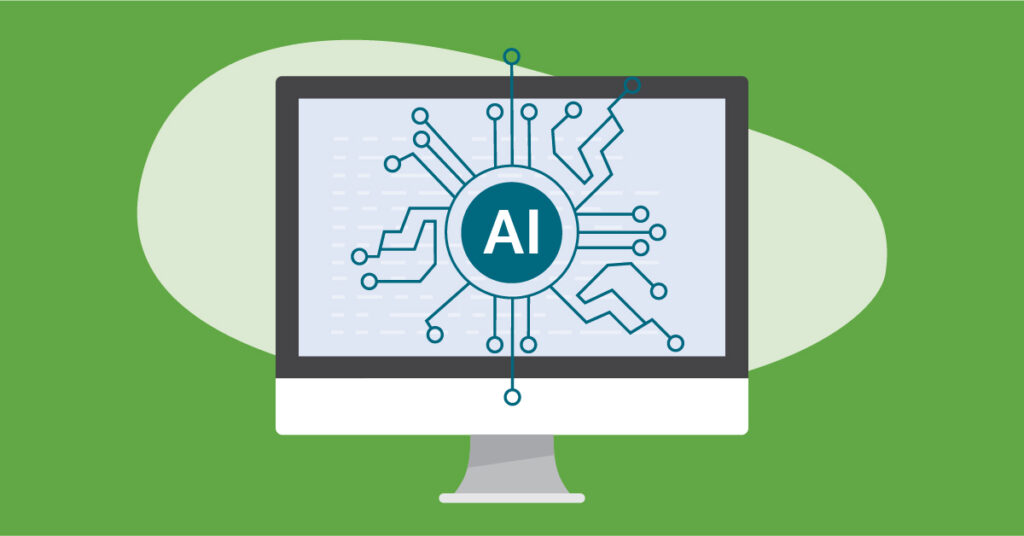
The hype of artificial intelligence (AI) has caused excitement and fear. Various AI tools can be used to create audio, video, written content, assist with disabilities and enable the automation of tasks.
First, a general understanding of AI and how it works is important. AI simulates human intelligence through machines. It uses a combination of machine learning and algorithms. These systems work by taking in huge amounts of data, analyzing it for patterns and correlations and then returning results based on predictive behavior. AI will use data to apply learning and reasoning in order to produce new creations. AI is very expensive to generate, requiring vast databases and expertise.
Some of today’s use of AI to enhance the human experience include:
- Automation to perform routine and repetitive tasks, freeing the human to focus on more complex jobs.
- Medical image analysis and industrial equipment can benefit from machine vision, allowing AI to capture, analyze and view deeper imagery. Visual inspections using AI can assist with defect detection and identifying anomalies.
- Natural Language Processing (NLP) enables the computer to understand and manipulate human language. ChatGPT is an example of NLP, allowing the chatbot to interact with questions and conversations.
- Self driving cars and robots can use AI.
- Cybersecurity is using AI to assist with detecting emerging threats and provide new alerts sooner than the ability of the human can process.
Cyber criminals are taking advantage of AI to automate their attacks. They will attempt to bypass or disrupt systems or services. High impacts could be where miscreants use AI to formulate impersonations of video or audio. There are instances where these mediums are used to manipulate opinions and financial gains. Common phishing and social engineering attacks are crafted with convincing messages. Fake news may be generated in order to damage reputations. Crooks can use AI to analyze leaked data in order to identify vulnerabilities of a target. Malware can be enhanced to better elude detection and morph their operations to adjust to the environment they are working in.
Threat detection and prevention for cybersecurity defenders can benefit from the development of AI tools, tactics and strategies. As previously stated, AI creation is expensive. It requires a huge amount of processing power, databases and expertise. AI can speed up the processes involved in investigating and processing the patterns so that it will enhance the incident response and forensic capabilities. Using AI can have value for predictive analysis to anticipate potential vulnerabilities and threats.
Artificial Intelligence presents new opportunities and challenges as it evolves. Embracing the use of AI will assist with combating adversaries. Cyber criminals are using this technology too so it is important to keep up the pace.
Resources:
Understanding the differences between AI, machine learning, and deep learning
Navigating the new waters of AI-powered phishing attacks
